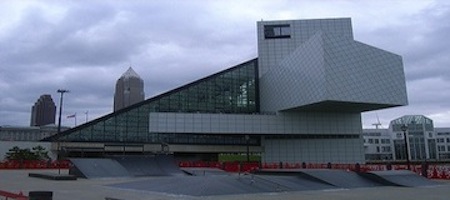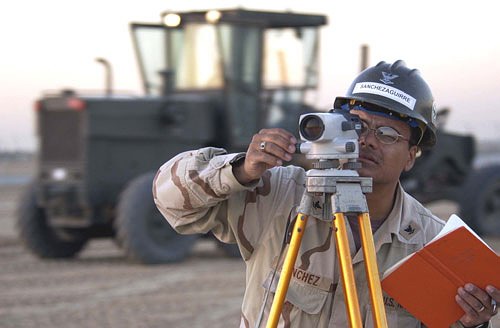Cleveland Rocks! Now more than ever, the “Sixth City” has a vibrant cultural scene that hums with the energy of artists, tastemakers, and bon vivants reintroducing themselves to the historic metropolis.
Clevelanders in the know will tell you that the local music scene has to be experienced to be believed. Artists like Robin Stone may be under the radar by national standards, but pack the house to the rafters at venues all over Cleveland. Robin Stone’s story almost reads like a metaphor for the city itself. A decade ago, she lost her voice due to a tumor and battled a life-threatening illness. She bounced back and was even named “Best Vocalist” of 2009 by a prominent Ohio music magazine. Today, she can be seen strutting around stages delivering a funky blend of rock and soul laced with a folksy self-awareness that makes her charisma both larger than life and somehow relatable at the same time.
If you’re looking for something a little more refined, check out the renowned Cleveland Museum of Art located in the University Circle neighborhood. The main building, an archetype of the neo-classical ‘Beaux Arts’ style, is the stunning centerpiece of the gorgeous Wade Park. Inside, works by Caravaggio, Degas, and Monet are among the highlights of the astounding permanent collection. The museum is also home to one of a bare handful of casts of “The Thinker” made during August Rodin’s lifetime. The Museum is free to the public thanks to one of the world’s largest museum endowments (nearly $1 billion) and well worth a visit.
If the historical charm of Cleveland and the dulcet twang of early rock n’ roll have you feeling nostalgic, indulge in a slice of Americana at the Aut-O-Rama drive-in theater. Located in North Ridgeville, the classic drive-in shows new releases as well as throwback features. You and the rest of the T-Birds or Pink Ladies can let your hair hang down and hike up your hoop skirts while taking in the time-capsule feel.
Special thanks to Cliff for the image of the Rock and Roll Hall of Fame and Museum.







